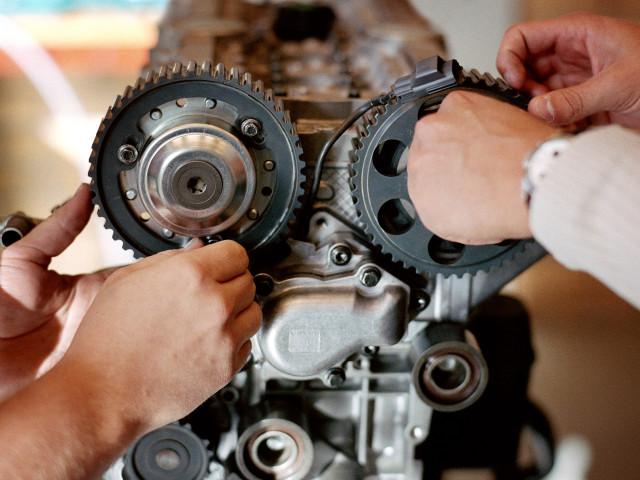SE2151 Paper Mechanics 9.0 credits
This course has been discontinued.
Last planned examination: Autumn 2020
Decision to discontinue this course:
No information inserted
Content and learning outcomes
Course contents
Lectures:
Paper as an engineering material, packaging performance, behaviour of corners in carton board boxes, web dynamics in paper transport systems, statistical aspects of failure of paper products, fracture properties, moisture-induced deformations, creep and relaxation, mechanics in printing nip for paper and board, micromechanics, wood bio-composites – extending the property range of paper products
Laboratory:
Paper testing, design and testing of paperboard package, visit to paperboard mill
Intended learning outcomes
Material is an essential component of design. Working as an engineer, you will deal with various types of materials. Despite being simple in use, paper constitutes one of the most complex materials among those you encounter in your daily life. Paper can be easily tested mechanically and exhibits a whole range of behaviours during its end use. Therefore, studying paper mechanics is an excellent opportunity to train your skills in analysing various aspects of mechanical behaviour of material.
To start with, paper and paperboard are composite materials, which are produced by a continuous process at unprecedented speeds of up to 100 km/h by a complex but yet extremely cost-efficient process. Paper is inhomogeneous and anisotropic. In a number of applications, it is used beyond its elastic limit. The strength of paper is size dependent and is different in tension and compression. Furthermore, paper absorbs water, which changes its mechanical properties and dimensions.
In this course, you will be exposed to the intricate mechanics of paper through a number of case studies, in which we will investigate real problem and learn how to solve them.
At KTH, we have a world-leading expertise in Paper Mechanics and contributed to the book that will be used in the course. We will also use the expertise available at Innventia AB, a recognized research institute dealing with paper and paperboard related problems.
After the course, the students should be able to
- describe and analyse important paper technology applications using a correct solid mechanics terminology,
- relate the results from the most important methods for mechanical testing of paper and board to the appropriate solid mechanics terminology,
- describe important aspects of the constitutive modelling of paper and board for anlyses of converting and end-use applications, and
- demonstrate the benefits of mathematical modelling and numerical analyses in paper technology applications
Literature and preparations
Specific prerequisites
SE1010, SE1020 or SE1055 Solid mechanics basic course
Recommended prerequisites
SE1010, SE1020 or SE1055 Solid mechanics basic course,
SE1025 FEM for engineering applications,
SE2132 Applied elasticity with FEM and
SE2126 Materialmechanics
Equipment
Literature
Niskanen et al., Mechanics of Paper Products, de Gruyter GmbH & Co. KG, Berlin, ISBN 978-3-11-025463-1, 2012
Magnusson and Östlund, Problems in paper mechanics, KTH, Department of Solid Mechanics, SE-100 44 Stockholm, Sweden, 2013
Examination and completion
If the course is discontinued, students may request to be examined during the following two academic years.
Grading scale
Examination
- HEM1 - Home Assignments, 2.0 credits, grading scale: P, F
- LAB1 - Laboratory Work, 2.0 credits, grading scale: P, F
- TEN1 - Examination, 5.0 credits, grading scale: A, B, C, D, E, FX, F
Based on recommendation from KTH’s coordinator for disabilities, the examiner will decide how to adapt an examination for students with documented disability.
The examiner may apply another examination format when re-examining individual students.
Other requirements for final grade
Home assignments (2 hp)
Laboratory (2 hp)
Written examination (5 hp)
Opportunity to complete the requirements via supplementary examination
Opportunity to raise an approved grade via renewed examination
Examiner
Ethical approach
- All members of a group are responsible for the group's work.
- In any assessment, every student shall honestly disclose any help received and sources used.
- In an oral assessment, every student shall be able to present and answer questions about the entire assignment and solution.
Further information
Course room in Canvas
Offered by
Main field of study
Education cycle
Add-on studies
Supplementary information
The course is replaced with SE2152 Mechanics of Fiber Networks and Materials 8 credits.